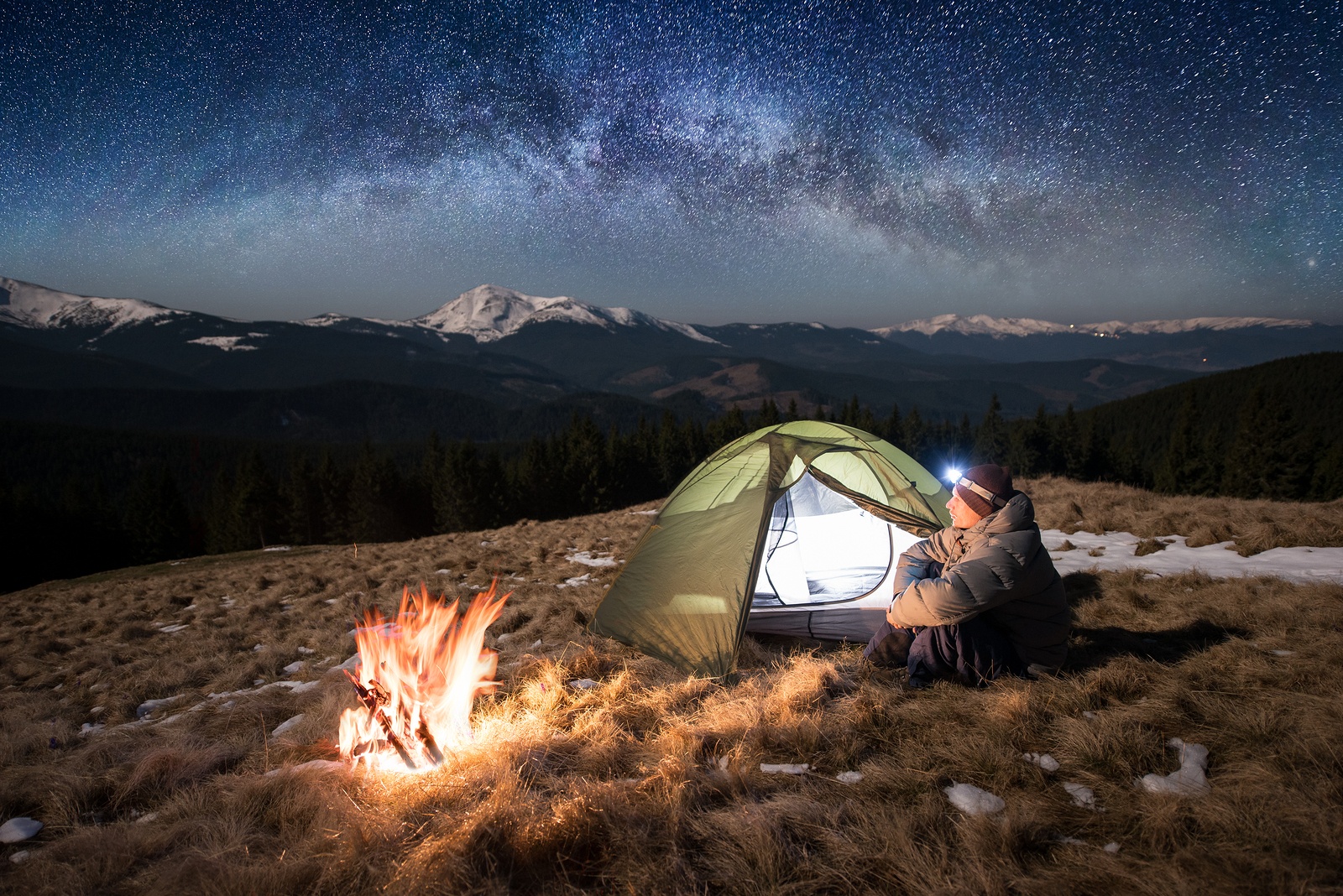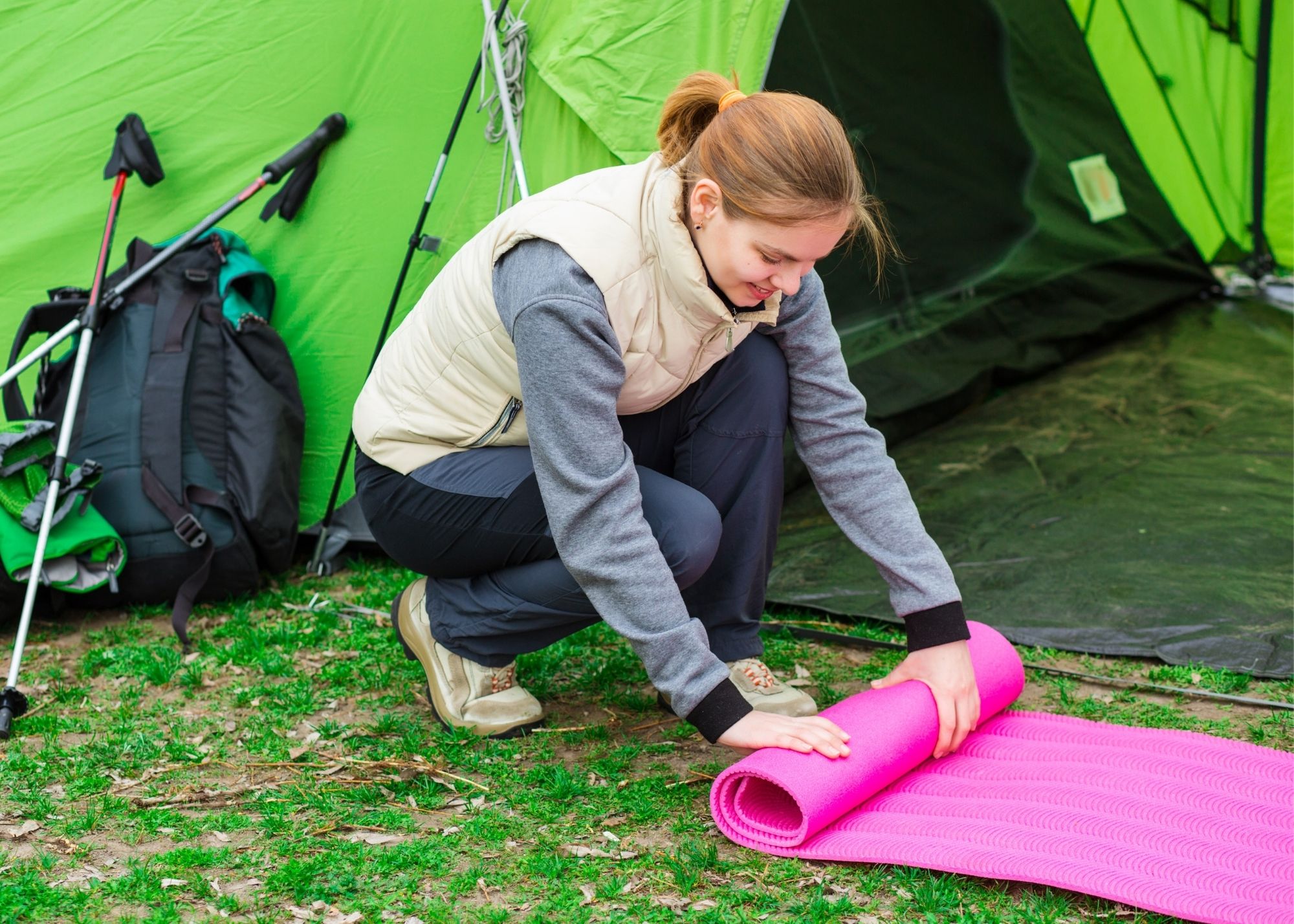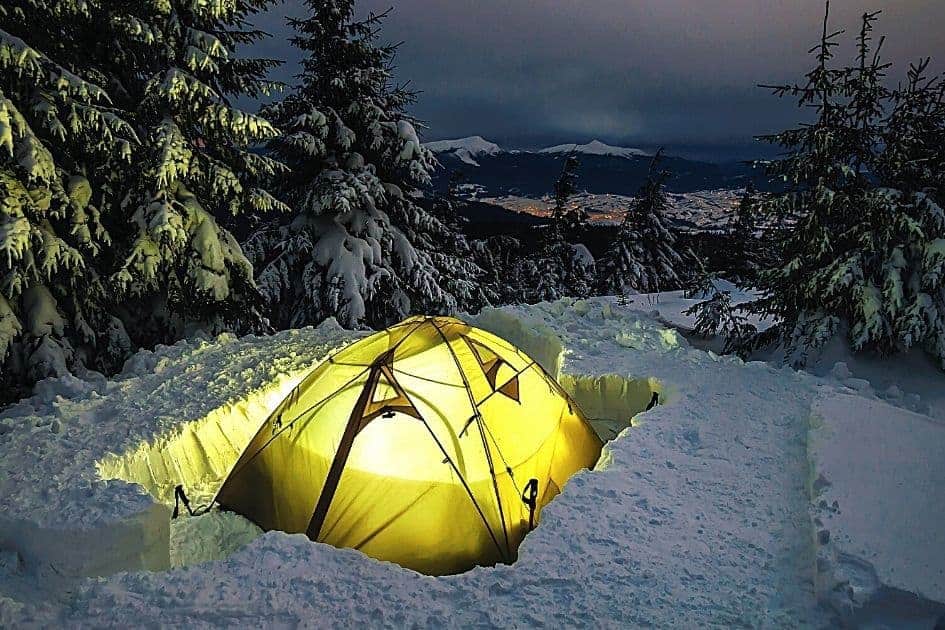I. Introduction to Keeping a Tent Warm

A. Importance of Maintaining Warmth in a Tent
Keeping a tent warm is essential for comfort, safety, and an enjoyable camping experience. Cold temperatures can be uncomfortable and potentially dangerous, so it is important to take measures to stay warm while camping.
B. Understanding the Challenges of Cold Weather Camping
Cold weather camping presents unique challenges, including freezing temperatures, wind chill, and moisture buildup inside the tent. It is crucial to be prepared and take steps to combat these challenges to stay warm and comfortable.
C. Exploring the Benefits of a Warm and Comfortable Tent
A warm and comfortable tent allows for better sleep, relaxation, and enjoyment of the camping experience. It also helps prevent hypothermia, frostbite, and other cold-related health issues that can arise from exposure to low temperatures.
II. Choosing the Right Tent for Cold Weather Camping
A. Four-Season Tents for Extreme Conditions

- Overview of Four-Season Tents
Four-season tents are specifically designed for extreme weather conditions, including cold temperatures, high winds, and heavy snowfall. They provide extra insulation and weatherproofing features to withstand harsh environments.
- Extra Insulation and Weatherproofing Features
Four-season tents typically have thicker walls, additional poles for stability, and reinforced materials to provide insulation and protect against wind, rain, and snow. They often feature a sturdy frame and a rainfly that covers the entire tent for added weather protection.
B. Cold Weather Sleeping Tents
- Insulated Tents Designed for Lower Temperatures
There are tents specifically designed for cold weather camping, featuring built-in insulation and thermal properties. These tents provide superior heat retention and protection from the cold.
- Features to Look for in Cold Weather Sleeping Tents
Look for tents with double-walled construction, well-insulated floors and walls, and features such as heat-sealed or taped seams to prevent cold air from entering the tent. A vestibule or porch area can also provide additional shelter and storage space.
III. Insulating the Tent for Heat Retention
A. Using a Ground Tarp or Footprint

- Providing an Insulating Layer between the Tent and Ground
Using a ground tarp or footprint between the tent and the ground provides an additional insulating layer. It helps prevent cold from seeping through the tent floor and provides protection against moisture.
- Protecting the Tent from Moisture and Cold
A ground tarp or footprint also protects the tent from moisture, which can further decrease temperatures inside the tent. It acts as a barrier, keeping the tent floor dry and helping to retain heat.
B. Adding a Tent Insulation Layer
- Utilizing Reflective Insulation Blankets or Foam Mats
Adding a reflective insulation blanket or foam mats to the interior walls and floor of the tent can help minimize heat loss and increase thermal efficiency. These materials reflect heat back into the tent, keeping it warmer for longer.
- Minimizing Heat Loss and Increasing Thermal Efficiency
Insulation blankets or foam mats work by creating a barrier between the interior of the tent and the cold air outside. They help to trap heat inside the tent, reducing heat loss and increasing overall thermal efficiency.
IV. Proper Ventilation and Condensation Control

A. Managing Ventilation to Reduce Moisture Build-up
- Adjusting Ventilation Openings for Airflow
Proper ventilation is essential for preventing condensation buildup inside the tent. Adjust the tent’s ventilation openings, such as windows or vents, to allow for airflow while still maintaining warmth.
- Balancing Heat Retention and Condensation Prevention
Finding the right balance between heat retention and condensation prevention is crucial. Proper ventilation helps remove excess moisture while still keeping the tent warm and comfortable.
B. Using a Tent Heater with Caution
- Safety Considerations when Using Tent Heaters
If using a tent heater, safety is paramount. Follow the manufacturer’s instructions, use only heaters specifically designed for camping, and never leave a heater unattended. Ensure proper ventilation and keep flammable materials away from the heater.
- Ensuring Proper Ventilation and Placement
When using a tent heater, ensure proper ventilation to prevent carbon monoxide buildup. Place the heater in a safe and stable location, away from tent walls and flammable objects.
V. Sleeping Gear for Cold Weather Camping

A. Insulated Sleeping Bags
- Choosing Sleeping Bags with Appropriate Temperature Ratings
Invest in insulated sleeping bags with temperature ratings suitable for the expected cold weather conditions. Look for bags with high-quality insulation, draft tubes, and hood designs to maximize warmth.
- Utilizing Extra Insulation Accessories for Added Warmth
Use additional insulation accessories, such as sleeping bag liners or thicker blankets, to enhance warmth inside the sleeping bag. These accessories provide extra insulation and retain body heat for a cozy night’s sleep.
B. Thermal Sleeping Pads or Mattresses
- Enhancing Insulation and Comfort on Cold Ground
Use thermal sleeping pads or mattresses to provide insulation and cushioning between your sleeping bag and the cold ground. These pads or mattresses reduce heat loss and provide additional comfort during sleep.
- Choosing the Right Type of Sleeping Pad
When selecting a sleeping pad, choose one with a high R-value, which indicates its insulation capabilities. Look for pads made of materials that provide both insulation and cushioning, such as closed-cell foam or inflatable pads with built-in insulation.
VI. Dressing Appropriately for Cold Weather Camping
A. Layering Clothing for Warmth and Versatility
- Base Layer, Mid-Layer, and Outer Layer Selection
Dress in layers to trap body heat and provide versatility in changing weather conditions. A base layer made of moisture-wicking materials, a mid-layer for insulation, and an outer layer for protection against wind and moisture are recommended.
- Adjusting Clothing Based on Activity Level and Temperature
Adjust your clothing layers based on your activity level and the temperature. Add or remove layers as needed to regulate body temperature and stay comfortable throughout the day.
B. Wearing Proper Headgear, Gloves, and Socks
- Insulating Accessories to Keep Extremities Warm
Wear proper headgear, gloves, and socks made of insulating materials to keep extremities warm. These accessories help prevent heat loss from areas prone to cold, such as the head, hands, and feet.
- Choosing Materials and Designs for Cold Protection
Select accessories made of materials designed for cold protection, such as wool or synthetic fibers. Look for designs that provide coverage and insulation without sacrificing mobility or comfort.
Conclusion:
Keeping a tent warm is essential for a cozy and comfortable camping experience in cold weather. By choosing the right tent, insulating the tent properly, managing ventilation, using appropriate sleeping gear, and dressing appropriately, campers can stay warm and enjoy their outdoor adventures. Embrace these tips and ensure a warm tent for unforgettable cold weather camping trips.
